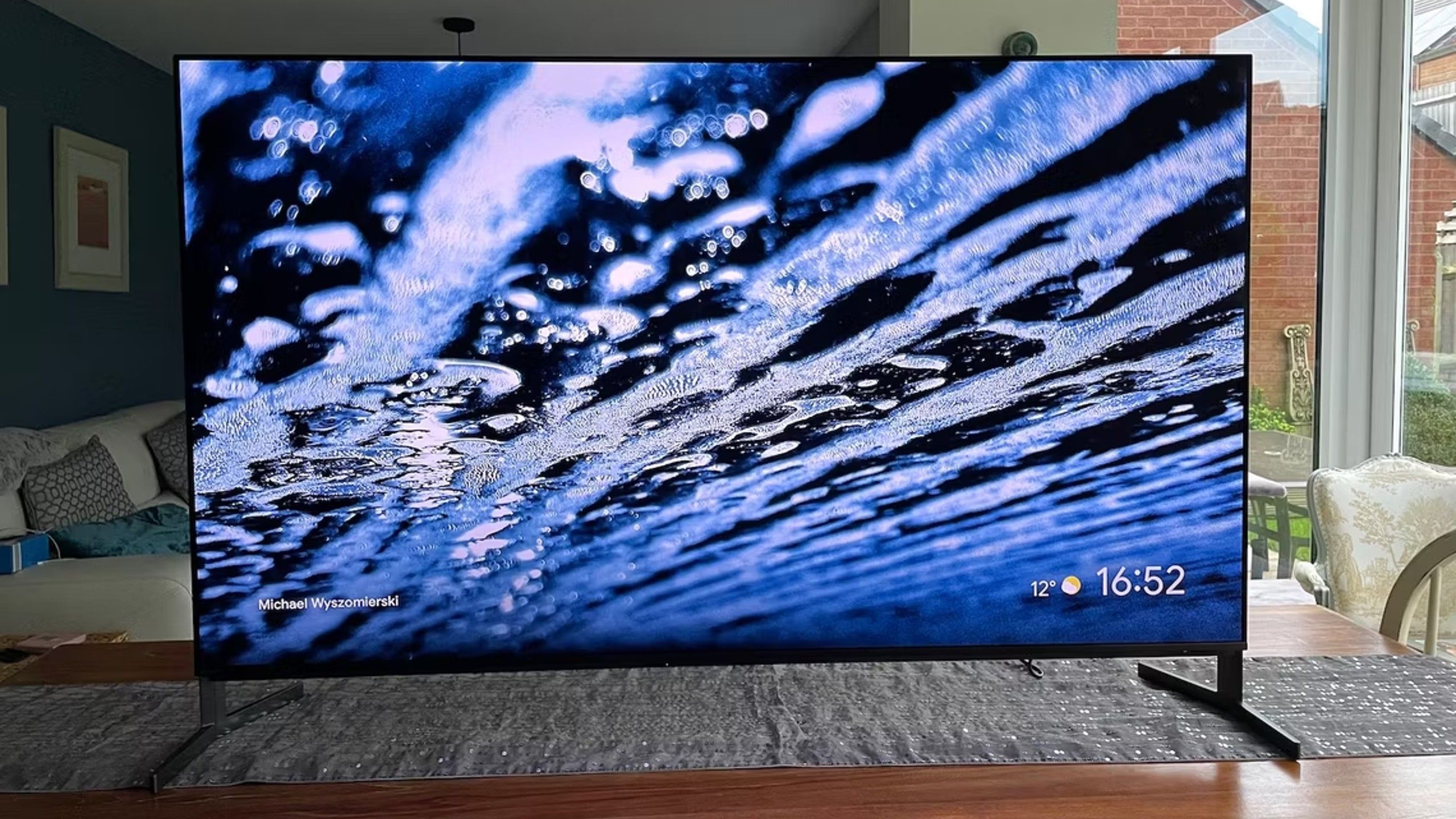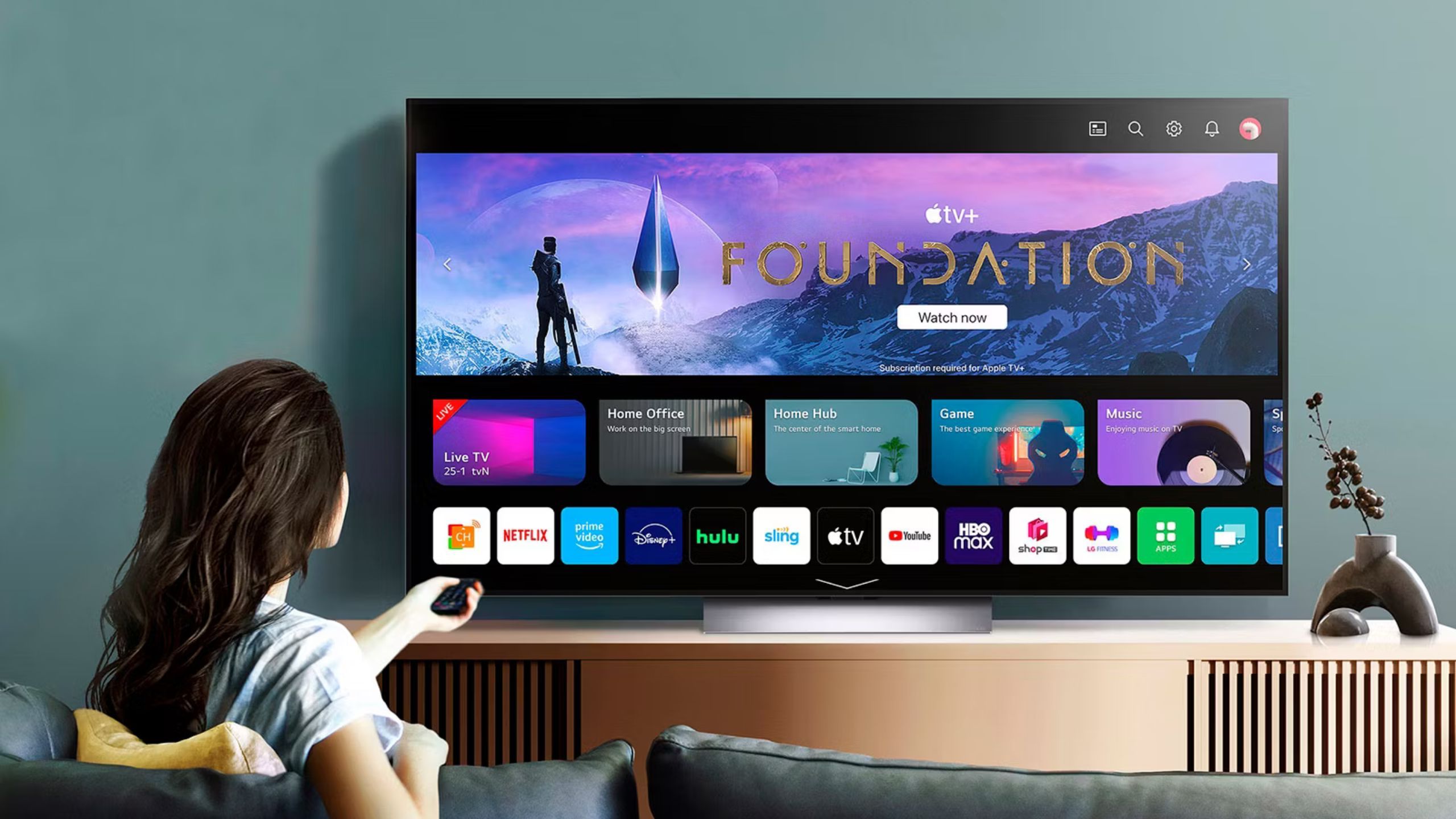Key Takeaways
- Create a theater-like environment with no outside light for the best picture quality on your Smart TV.
- Check presets like Filmmaker Mode for optimal picture settings based on different types of content.
- Avoid motion enhancements like interpolation that can distort new content and create a soap opera effect.
Your TV needs help. Depending on the brand, model, and year, it may not need a lot of help, but there might be some work to be done in order to get the best picture quality possible. It’s a bit counter-intuitive, but newer Smart TVs, with all their processing powers and AI enhancements, can really distort similarly new content that’s already made at a high quality. Often, default settings aren’t the ideal settings to get the best version of what you’re watching.
Your Smart TV is spying on you, but there are ways to make it stop
I don’t mind if my TV knows what shows I like, but it’s trying to gather too much information. Here’s how to avoid that.
Whether you are tinkering with a new TV, or trying to get the most out of an older model, there are a few things you can do to improve your TV’s picture quality.
1 Create a home theater environment
Pretend you’re at the cinema
Warner Bros. Pictures
One of the most important things to keep in mind is that most new Smart TVs, and most of the new content you want to watch on them, assume you’ll be viewing in a theater-like environment. That’s likely not going to be the case, but you should try to do your best to get close.
A theater-like environment is essentially one devoid of light. Reduce any outdoor light coming (black-out curtains can be a boon) and turn off any lamps or overhead lights.
A theater-like environment is essentially one devoid of light. Reduce any outdoor light coming (black-out curtains can be a boon) and turn off any lamps or overhead lights. Bias lighting, such as striplights behind the TV, can enhance the image by creating a reference point for visual contrast while also putting less strain on your eye.
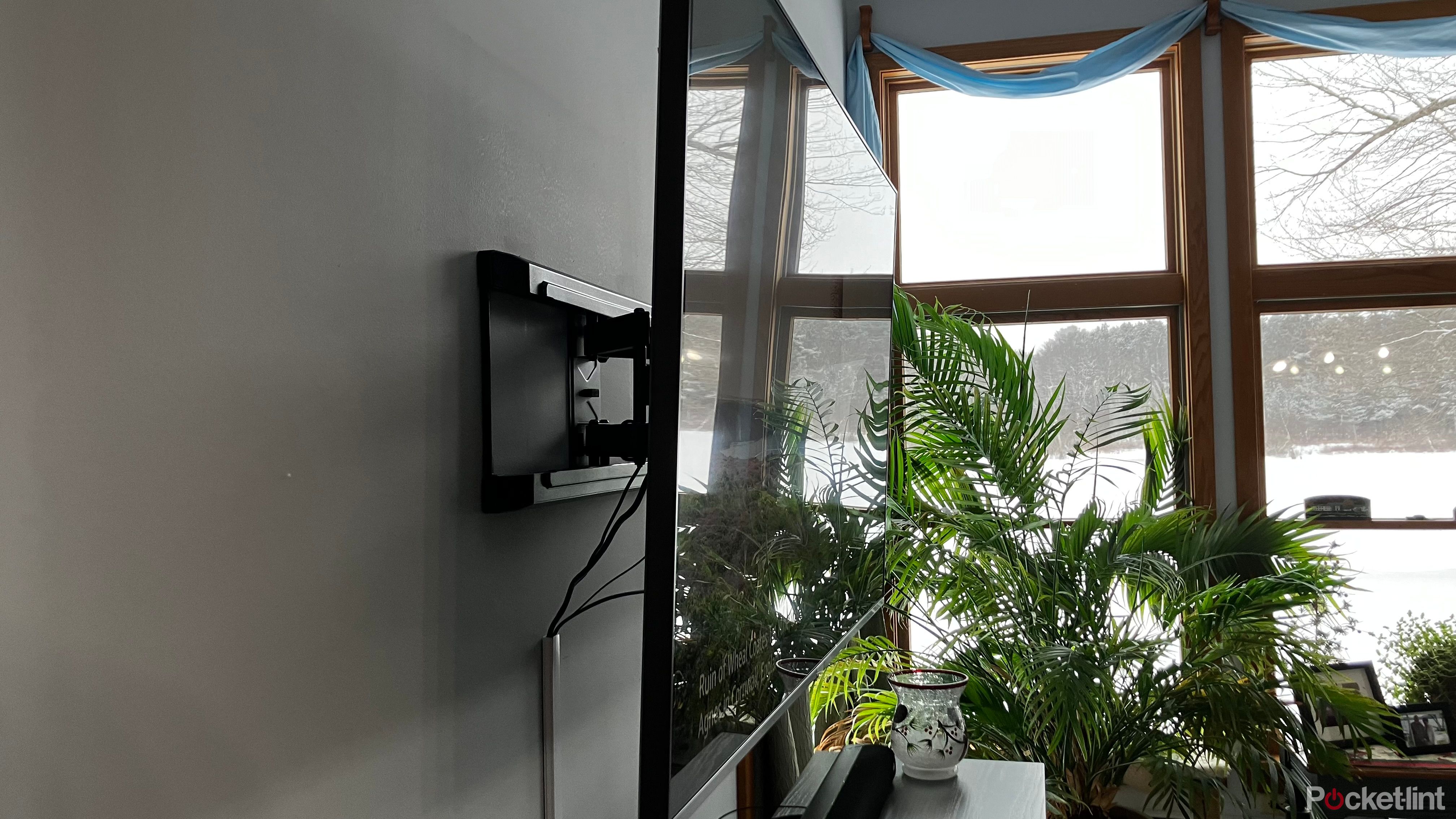
How to properly (and safely) mount a TV
You’ll simply need our guide, a partner, drill, and some patience to ditch the bulky stand and mount your beautiful TV.
If you can’t always keep light out, then keep in mind what content you’re watching and when. Watching X-Men ’97 or reruns of Modern Family will be fine during the afternoon, but maybe save any version of Batman or anything involving dragons or jump scares for the nighttime. Making popcorn will not enhance the image quality, but it might make what you’re watching more enjoyable.
2 Start with presets
Become a Filmmaker Mode fan
Dreamworks Animation
Choose your favorite content and try your hand at whatever presets might be included with your TV. Many have generic genre options, such as ‘sports, ‘or a vague term like ‘dynamic.’ Each tinkers with brightness, contrast, and sharpness, but they don’t necessarily work best for the type of content they’re named after. In most cases, the best option will be anything that refers to ‘cinema’ or ‘’movie,’ as most turn up the brightness and sharpness too high.
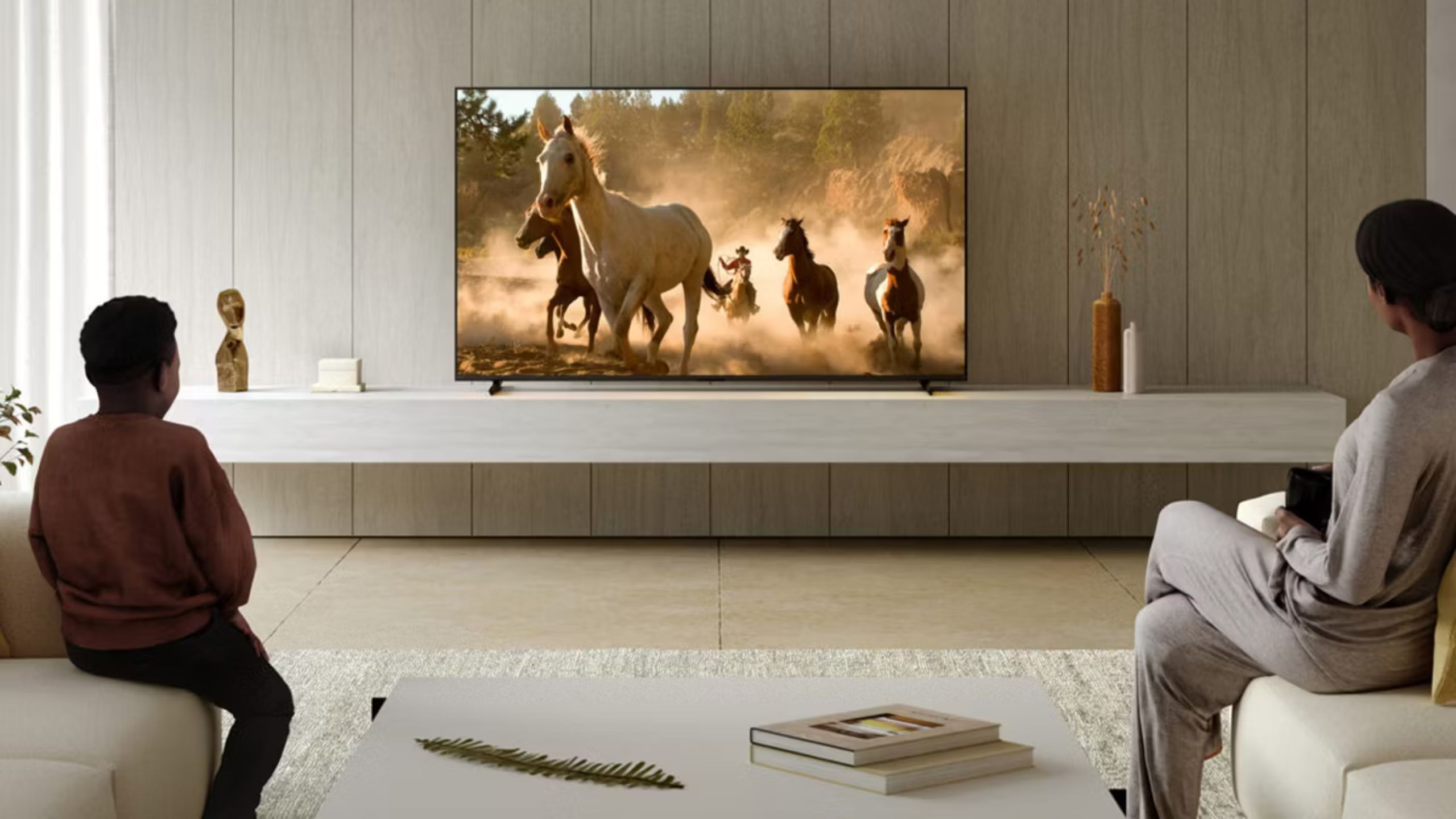
Sony’s next ambitious project is a cinephile’s dream
Sony’s Creator Callibrated intends to work with filmmakers to optimize movies for a more faithful at-home watching experience. And I’m here for it.
There are more advanced settings available, depending on your TV. Filmmaker Mode, a collaborative innovation developed by studios, electronics companies, and indeed filmmakers, strives to recreate the director’s vision for the theater right in your home.
In most cases, the best option will be anything that refers to ‘cinema’ or ‘’movie,’ as most turn up the brightness and sharpness too high.
A tip for Sony TV owners
Sony/Pocket-lint
If you own a Sony TV, there may be a preset called Netflix Calibrated for watching content on the popular streaming service. This is a setting toggled ahead of viewing any content on the platform and is designed to optimize original programs, particularly those with distinctive visions and looks, like Stranger Things.

3 reasons to buy a Sony TV over a Samsung TV
I was a Samsung faithful, but Sony’s latest innovations have me second guessing.
Some Sony TVs also featureBravia Core Calibrated, which is an automatic feature that optimizes IMAX content on Sony’s own streaming platform.
3 Check the positioning
Make your TV the focal point of the room
Samsung
One aspect about picture quality that often gets overlooked is its placement. If you regularly want to enjoy your favorite films, shows, and games on your TV, it needs to be positioned in the right place. If you’re shoehorning the TV into an existing stand, or positioning it on the only available wall in a room, you might encounter problems with viewing angles.
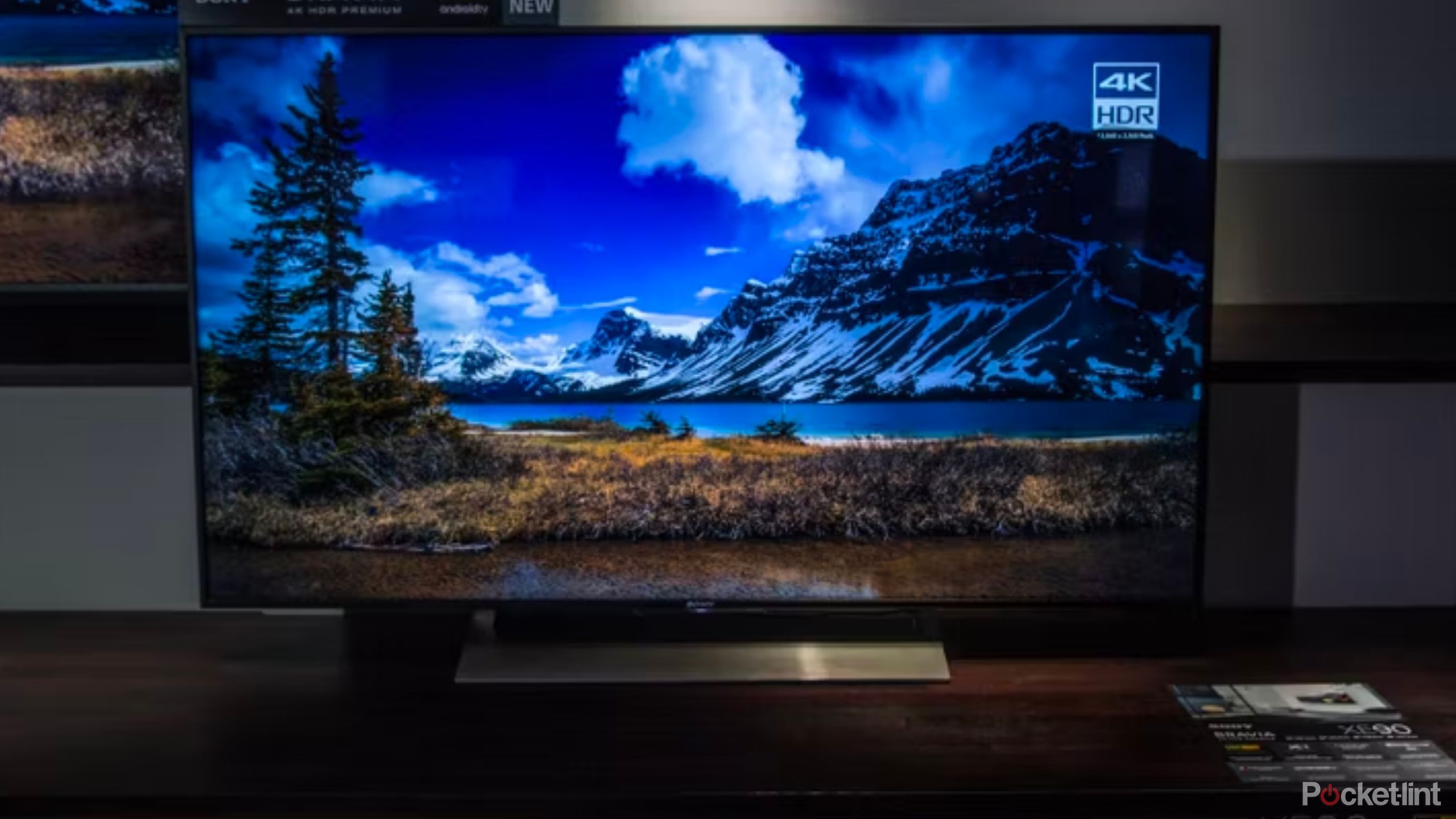
5 tricks to boost your TV’s sound quality
Your TV might struggle with sound, but your ears don’t have to.
While many new TVs boast wide viewing angles and anti-glare screens, those are features that make the screen more accommodating in certain situations. They’re not standards by which to always enjoy TV.
The center of your TV should meet you at eye level when you are seated across from it. As for the distance away from you, consider the size of the TV (the diagonal length). Anywhere between 1.5 and 2.5 times the length will be most suitable. These adjustments might not have the biggest impact on the quality of the image itself, but they will make the viewing experience much easier on the eyes and neck.
If you’re wary of making a TV the focal point of the room, consider new models that are ultra-thin and offer static images when turned ‘off.’ Samsung in particular has a line of lifestyle TVs designed with aesthetics and beauty in mind.
4 Adjust basic settings on your own
Take time to see what looks good
Especially when you unbox a new TV, it’s worthwhile to take a look at the default picture settings. There are a couple universal settings in brightness, contrast, and sharpness to check first. However, they could likely stand to use a little tinkering in either direction.
Brightness should actually be kept in the middle. However, some TVs may have a setting called brightness that isn’t really brightness. It’s confusing. What you want to adjust is backlighting, a setting that influences brightness. Turn this up a bit to add some light to the screen and better see the darker areas of whatever you’re watching.
Contrast typically will yield better results when it’s pushed above 50%. This setting affects the white parts of the screen.
Pushing sharpness down below 50% will also tend to improve the image; it tends to be set too high to begin with. In some cases, you might want to go all the way down to zero. If the image appears grainy or you start to see halos around the edges of images, the sharpness is too high. That’s because sharpness is more about enhancing the edges of objects in the picture and not actual sharpness.
5 Get rid of motion enhancements
No more soap opera look
YouTube
Motion smoothing or interpolation is a feature that helps out old content on your TV while simultaneously hurting new content. That’s because such motion enhancements artificially insert frames to make the image look fluid and natural. It’s helpful for only specific content, however, namely live sports, reality TV, and dated films and shows.
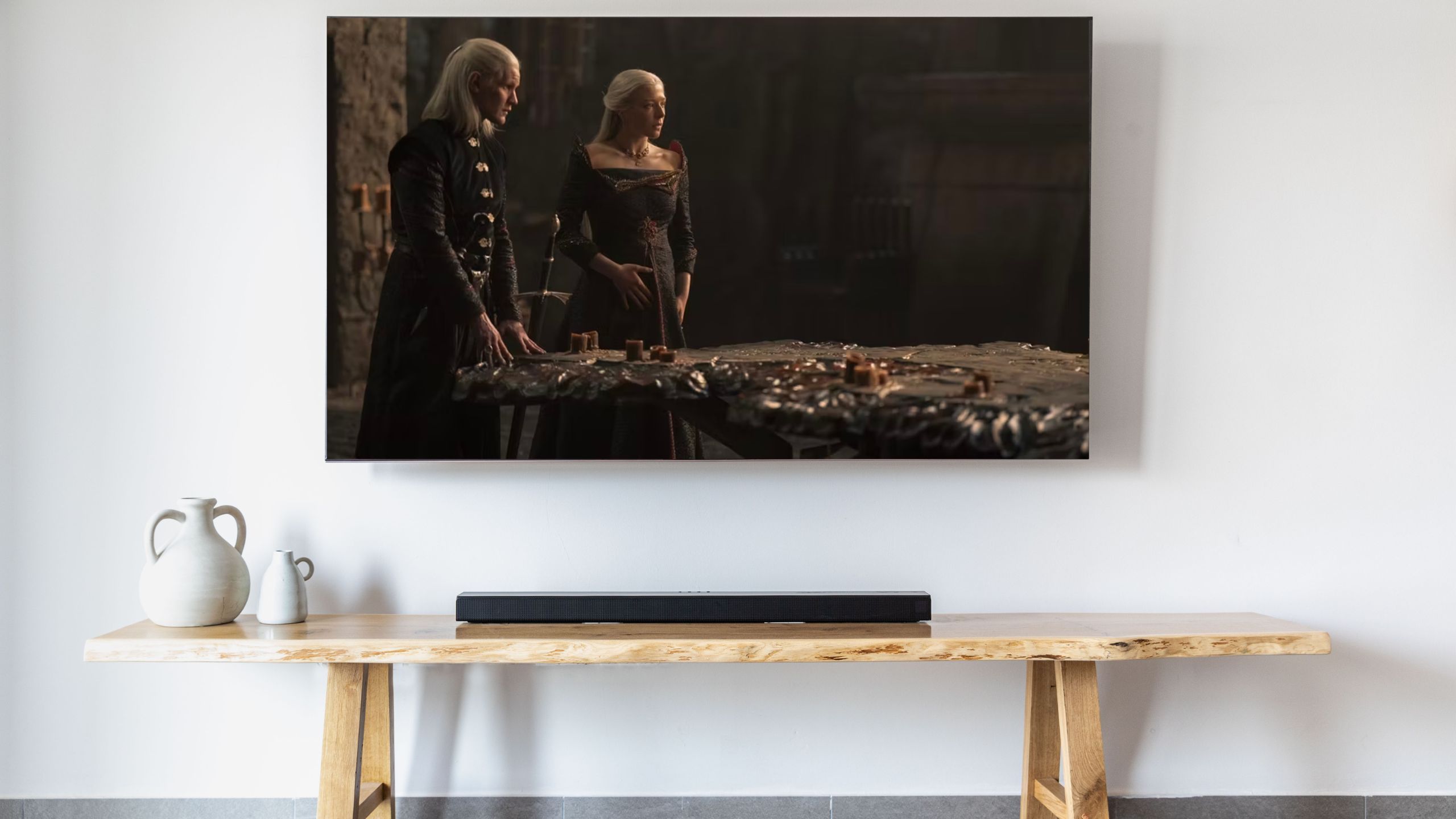
6 ways to combat a dark TV screen
In TV’s “dark era,” here’s how I tackle a screen that’s hard to see.
It’s a problem for anything new, especially anything we might think of as prestige. It creates the so-called soap opera effect, a distortion that’s unsettling to most viewers.
Whenever you get a new TV, or you simply think something isn’t showing up right on screen, take time to go through all the settings you have and try to recreate an authentic cinematic experience
Overall, whenever you get a new TV, or you simply think something isn’t showing up right on screen, take time to go through all the settings you have and try to recreate an authentic cinematic experience. It may take some time, but when you see an image the way it was meant to be seen, it’ll all have been worth it.
Trending Products

Cooler Master MasterBox Q300L Micro-ATX Tower with Magnetic Design Dust Filter, Transparent Acrylic Side Panel…

ASUS TUF Gaming GT301 ZAKU II Edition ATX mid-Tower Compact case with Tempered Glass Side Panel, Honeycomb Front Panel…

ASUS TUF Gaming GT501 Mid-Tower Computer Case for up to EATX Motherboards with USB 3.0 Front Panel Cases GT501/GRY/WITH…

be quiet! Pure Base 500DX Black, Mid Tower ATX case, ARGB, 3 pre-installed Pure Wings 2, BGW37, tempered glass window

ASUS ROG Strix Helios GX601 White Edition RGB Mid-Tower Computer Case for ATX/EATX Motherboards with tempered glass…




